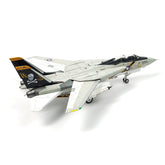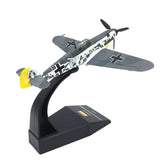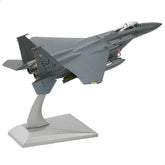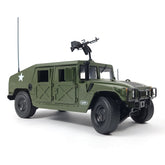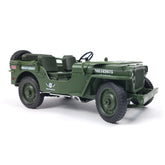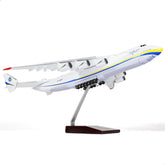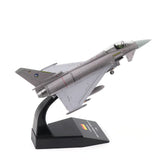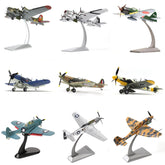The B-2 Spirit: King of Stealth Bombers
The B-2 Spirit bomber represents the pinnacle of American airpower and stands as one of the most unique and recognizable military aircraft globally. More than just an aircraft, it's an engineering marvel, embodying the ultimate fusion of stealth technology and long-range strike capabilities. Since its first public unveiling in 1989, the B-2 has played a crucial role in military strategy, demonstrating its unparalleled capabilities in multiple conflicts.
Design and Stealth Technology
The B-2's most striking feature is undoubtedly its unique flying-wing design, devoid of traditional vertical or horizontal stabilizers. This aerodynamic configuration isn't just for aesthetics; it's central to its stealth capabilities. Its smooth surfaces, non-reflective materials, and special coatings dramatically reduce its radar cross-section (RCS), making it virtually invisible on enemy radar screens. Furthermore, the B-2's engines are cleverly integrated within the wings, and their exhaust nozzles are specially treated to minimize infrared signatures, further diminishing the chance of detection. This multi-faceted stealth design allows the B-2 to penetrate sophisticated enemy air defenses and execute missions undetected.
The B-2's design philosophy dates back to the Cold War, aimed at countering sophisticated Soviet air defense systems. At the time, the U.S. needed a strategic bomber capable of penetrating deep into enemy territory to deliver nuclear weapons without being detected. Ultimately, Northrop Grumman's proposal emerged victorious, giving birth to the B-2. Its development process was highly secretive and technologically challenging, incurring significant costs but delivering unprecedented strategic advantages.
Operational Capabilities and Missions
The B-2 Spirit bomber can carry up to 40,000 pounds (approximately 18,144 kilograms) of ordnance, including conventional bombs, precision-guided munitions, and nuclear weapons. Its payload capacity and range make it an ideal platform for long-range strike missions. It possesses global strike capability, able to fly from the continental United States to any corner of the world, execute its mission, and return, often without needing aerial refueling. This concept of "global reach, global power" is at the heart of the B-2's strategic value.
Over the past few decades, the B-2 has participated in several significant military operations. It saw its first combat deployment in the Kosovo War, subsequently playing a critical role in conflicts in Afghanistan, Iraq, and Libya, among others. In these missions, the B-2 demonstrated its ability to conduct precision strikes in complex, high-threat environments, providing invaluable support to ground forces. It can penetrate enemy airspace, destroy vital strategic targets, and clear the way for subsequent operations.
Cost and Numbers
The B-2 Spirit bomber is one of the most expensive aircraft in history, with each unit costing upwards of $2 billion (when factoring in research and development costs). This exorbitant cost severely limited its production numbers. Initially, 132 aircraft were planned, but ultimately only 21 were built, with one crashing in an accident in 2008, leaving only 20 currently in active service. This makes the B-2 one of the smallest in number but most strategically significant aircraft in the U.S. Air Force.
High maintenance costs are also a significant component of the B-2's operational expenses. Its specialized stealth coating and complex systems demand expert maintenance teams and rigorous procedures to ensure its combat readiness and stealth characteristics.
Future Outlook.
Although the B-2 has been in service for many years, it remains a crucial component of the U.S. Air Force's strategic deterrence and global strike capability. However, with continuous technological advancements, a new generation of stealth bombers, such as the B-21 Raider, is under development. The B-21 will inherit the B-2's stealth advantages while incorporating improvements in technology, automation, and maintenance costs.
Even after the B-21 enters service, the B-2 will continue to play a role for the foreseeable future. Its unique stealth capabilities and formidable strike power still make it an irreplaceable choice for certain specific missions. The B-2 Spirit bomber is not merely a weapon; it is an icon of an era, representing the pinnacle of human achievement in aviation technology and military strategy. Its legacy will continue until its successor can fully assume the heavy responsibilities it carries.
